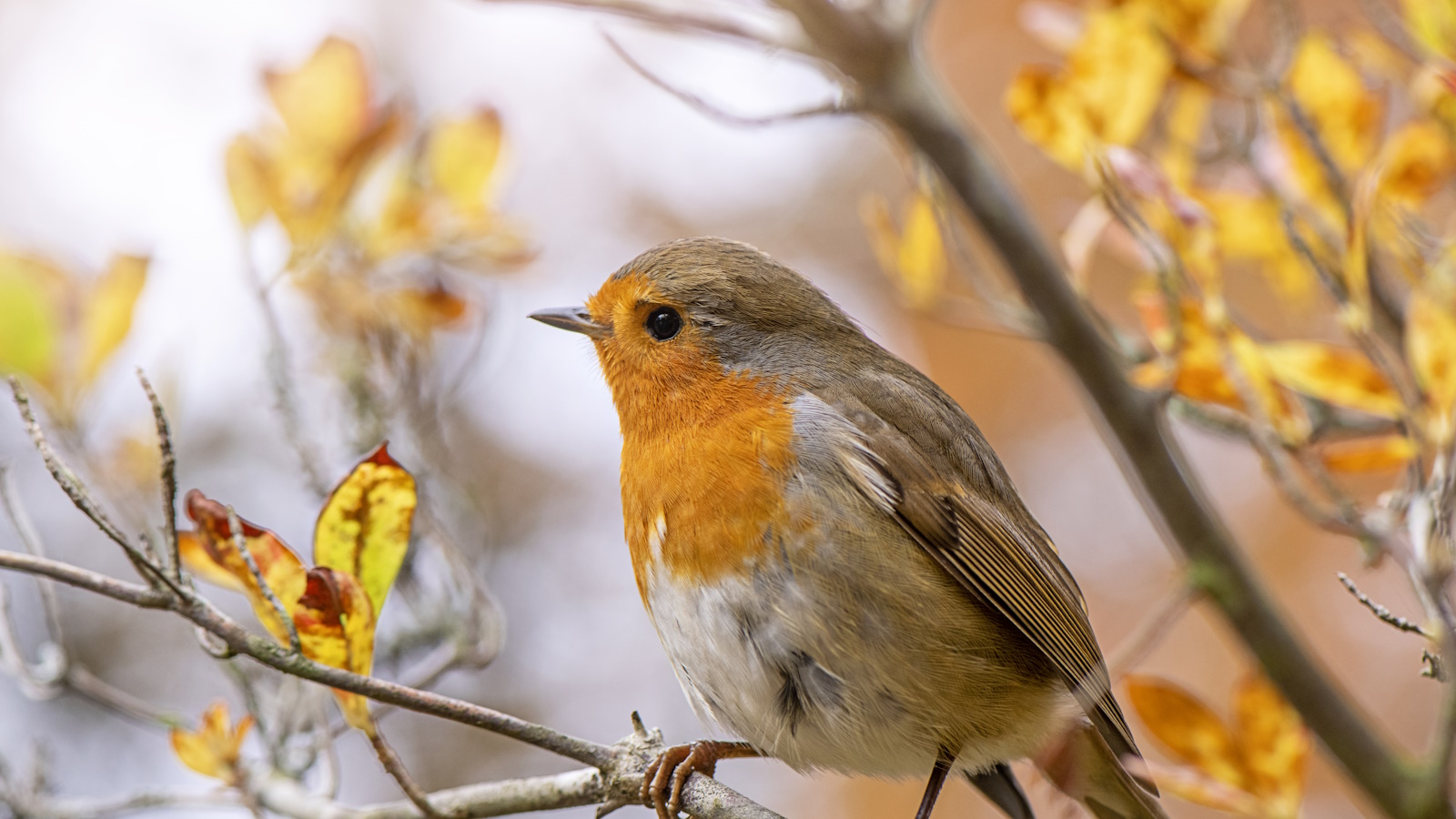
If you love the idea of welcoming birds into your garden and have added bird houses and feeders to attract them it can be upsetting when you see either your own cat or one of the neighborhood cats stalking them.
Cats are extremely agile with finely honed climbing and jumping abilities, so it can be quite tricky working out a way to outwit them in your efforts to protect the birds.
The good news is that there is at least one quick fix to consider. If you're a cat owner who puts your pet outside at night it's a good idea to stop doing this, as it's the worst thing you can do if you're concerned about protecting wildlife. This is because birds are most likely to eat at night time, so you will be doing them a big favor if you stick to a cat curfew and keep your pet indoors at night.
There are lots of other ways to protect garden birds from cats as part of your wildlife garden ideas, so get it nailed with our expert suggestions.
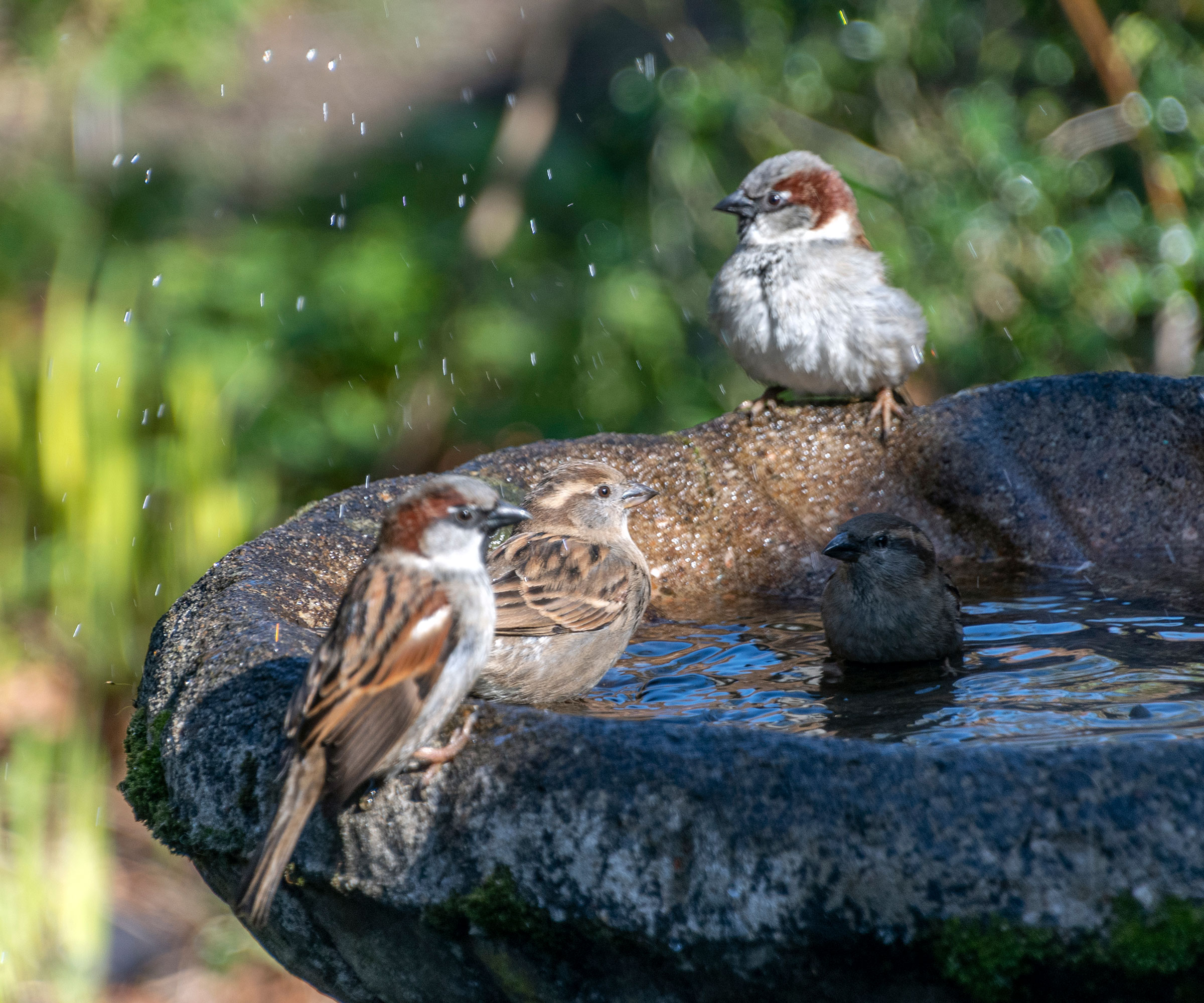
How to protect garden birds from cats
If you love encouraging birds into your yard as part of your sustainable garden ideas be on the lookout for cats who could be endangering them. The threat could either be from your own cat, those belonging to neighbors, or occasionally feral ones.
'Today, more than 100 million feral and outdoor cats function as an invasive species with enormous impacts,' according to the American Bird Conservancy. 'Every year in the United States, cats kill well over 1 billion birds. This stunning level of predation is unsustainable for many already-declining species.'
That's a shocking statistic, so we have compiled some pro ideas for what you can do to make sure your yard is as bird friendly as it can be.
1. Design your garden with bird safety in mind
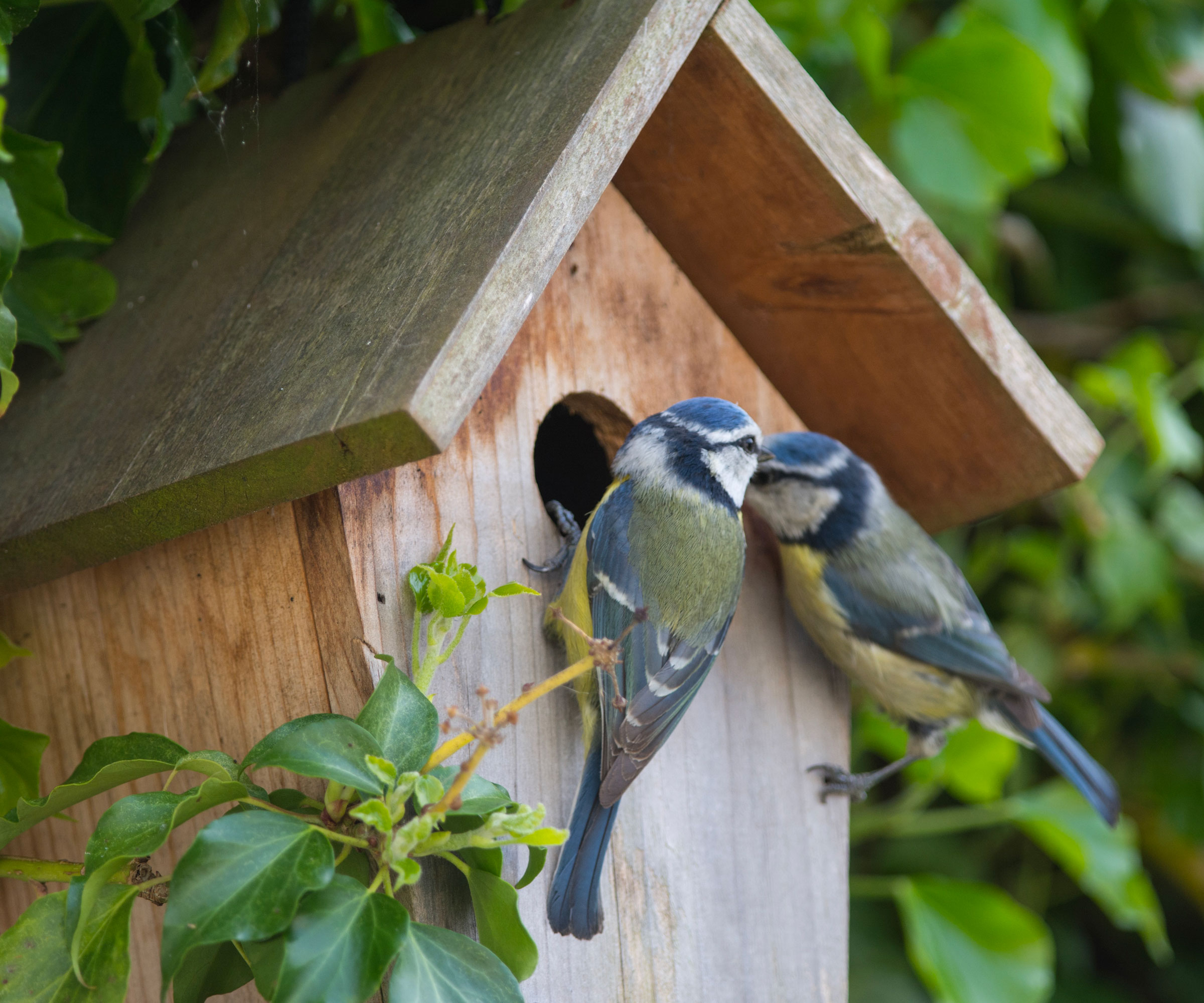
When designing your garden always include dense plantings of shrubs or trees, or a meadow or wildflower garden, where wildlife can hide. Birds will love to rest, nest and snack in these places
Choose the right spot for your bird house ideas. Make sure the bird house is placed in an area where the birds want to nest, but one that isn't easy for cats to get to. Birdhouses with a steep roof and without perches are best, and should be positioned at least 8 feet off the ground.
Consider placing feeders on a tall pole in a clearing as it's a good idea to have some space around them so birds can spot cats on the prowl. This also prevents cats hiding in the undergrowth and leaping out at birds unexpectedly while they're snacking.
'Select feeder and bird bath locations that are hard for cats to sneak up on,' says Dr Jo Myers DVM, a veterinarian at Vetster. 'You could also consider removing bird feeders and instead feeding birds naturally with seed- and fruit-bearing plants.'
We agree with Jo's take. If cats are routinely staking out your bird feeders take them down. Feeding birds naturally through native plants won’t cause an influx of birds in one spot like a feeder does. All that activity is what attracts cats in the first place.
Avoid motion-activated lights and sprinklers to discourage birds. 'Motion-detecting sprinklers may deter cats,' says Dr Luqman Javed DVM, a veterinarian at Catster. 'On the other hand, most birds do not mind water, so in fact this may actually attract more birds to your garden.'
2. Install a cat-proof fence
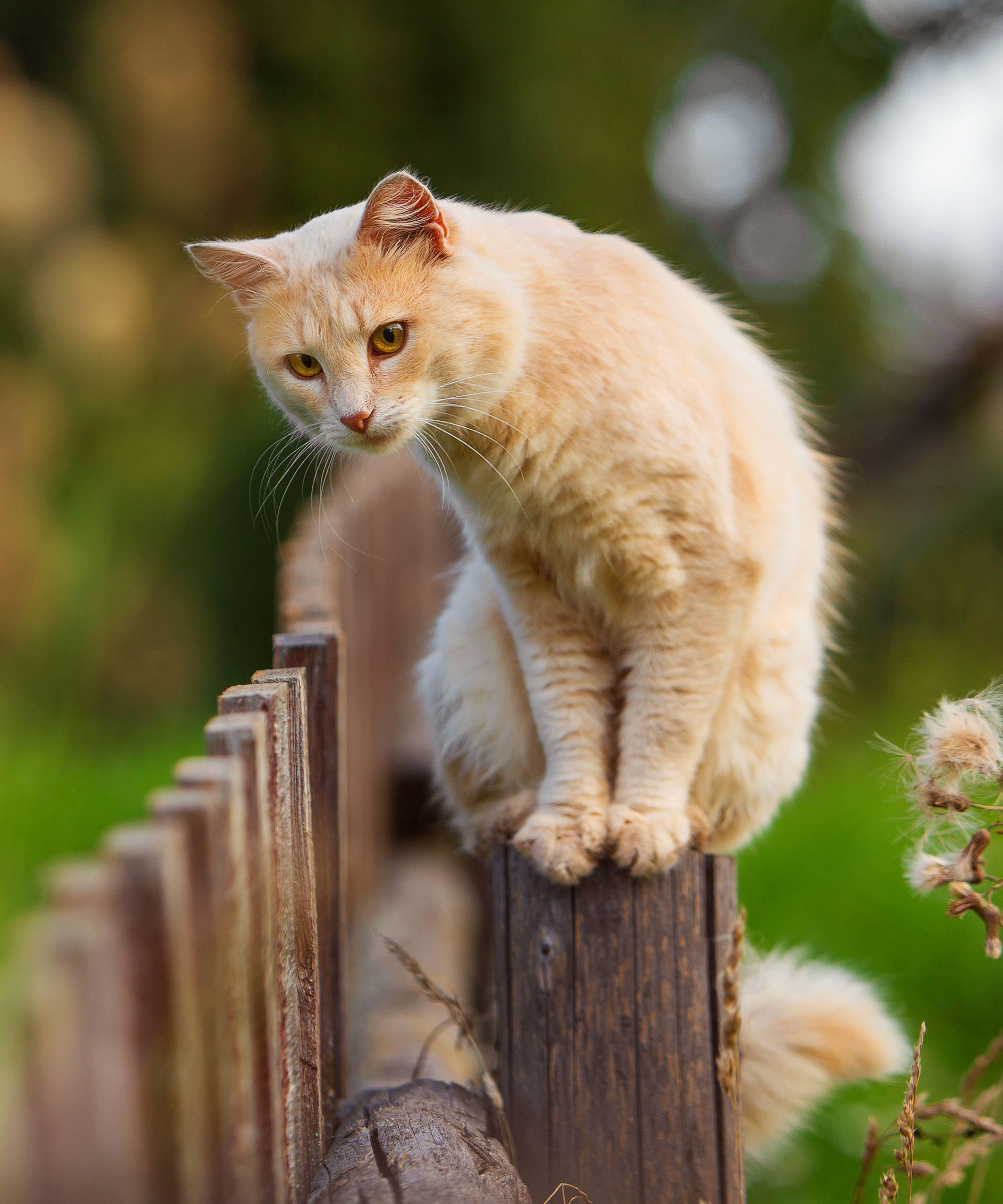
It's a good idea to use a cat-proof fence and keep it well maintained. Luqman Javed says that cat-proof fencing, although expensive, is a good idea as it can keep cats out. 'Such fencing slants outwards. Regular fencing won’t do, as cats are very athletic and can easily scale them,' he says.
Cats are natural climbers so a fence isn’t going to be totally effective at keeping them away, but it can help considerably. A six-foot fence is too high for most cats to jump over. If it has a smooth surface they won't be able to climb up it either.
Avoid growing plants right up against the fence too, as cats can use the branches to climb up the fence.
3. Try a special cat collar
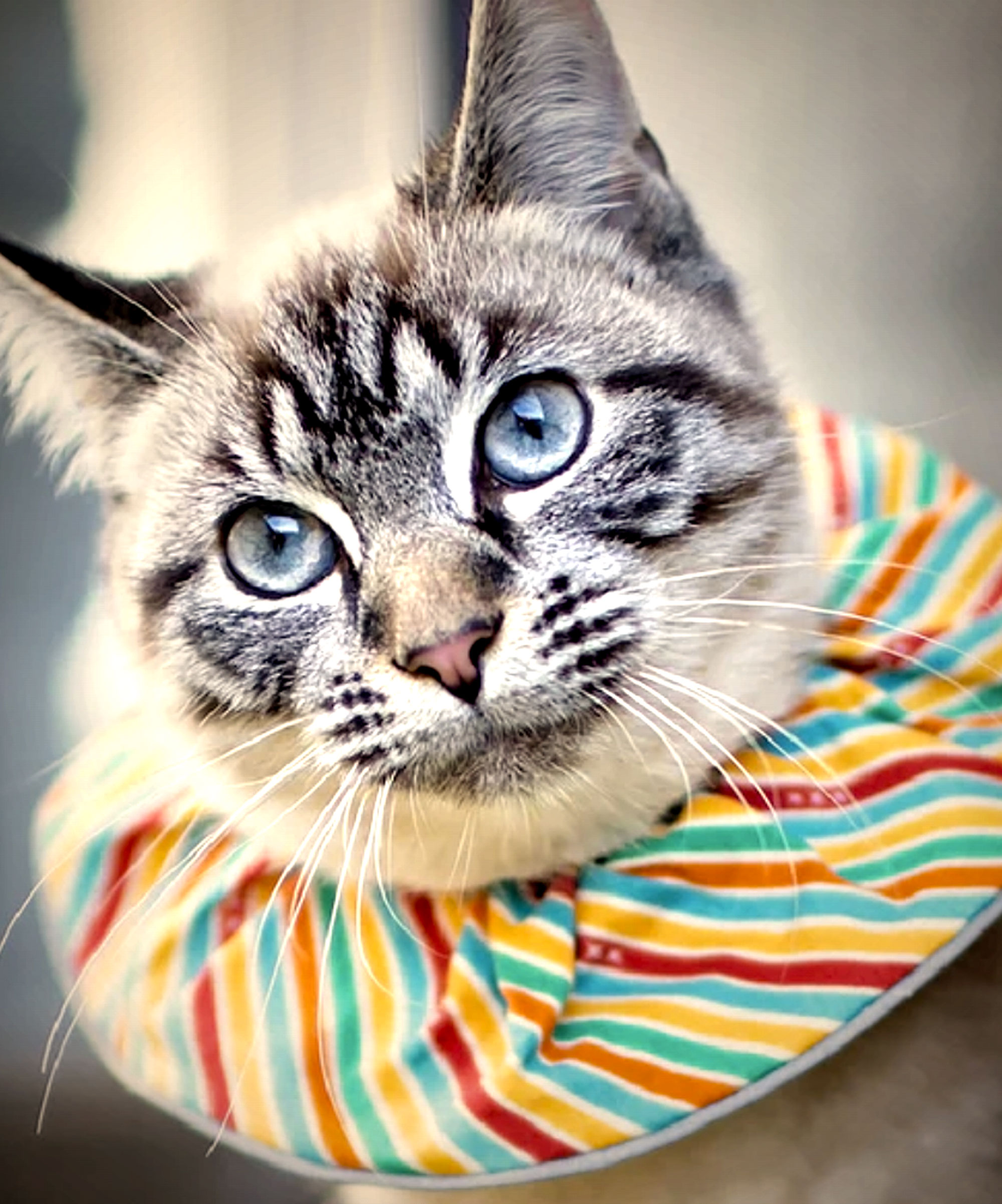
'If your cat is the problem, put a “bird collar” on them,' suggests Jo Myers. 'There is scientific evidence showing that these brightly colored, large fabric collars significantly reduce a cat’s ability to hunt successfully.'
The patented Birdsbesafe® cat collar cover is designed as a brightly colored ruff for a cat to wear outdoors so it can be seen more easily by any birds it stalks. Birds can see the cat better and tend to fly away.
The CatBib is an extension of this idea, protecting birds and other wildlife when your cat is outdoors. It works by interfering with the cat's timing during a bird strike but does not inhibit day-to-day cat life so they can still run, jump, and climb trees.
One of the traditional ways to protect garden birds from cats is to put a bell on the cat's collar. While this may help alert prey to the presence of a cat it isn’t guaranteed to work all the time.
These bird warning cat collars have vibrant colors and patterns that are visible to our feathered friends, helping them stay out of paw's reach.
This cat collar comes with two bells that will allow birds and small wildlife to hear when your cat may be trying to pounce it, giving it enough time to escape.
This colorful cat bib works by interfering with a cat's timing as it is about to pounce on a garden bird. It does not inhibit a cat's normal day-to-day activities.
4. Supervise cats more closely
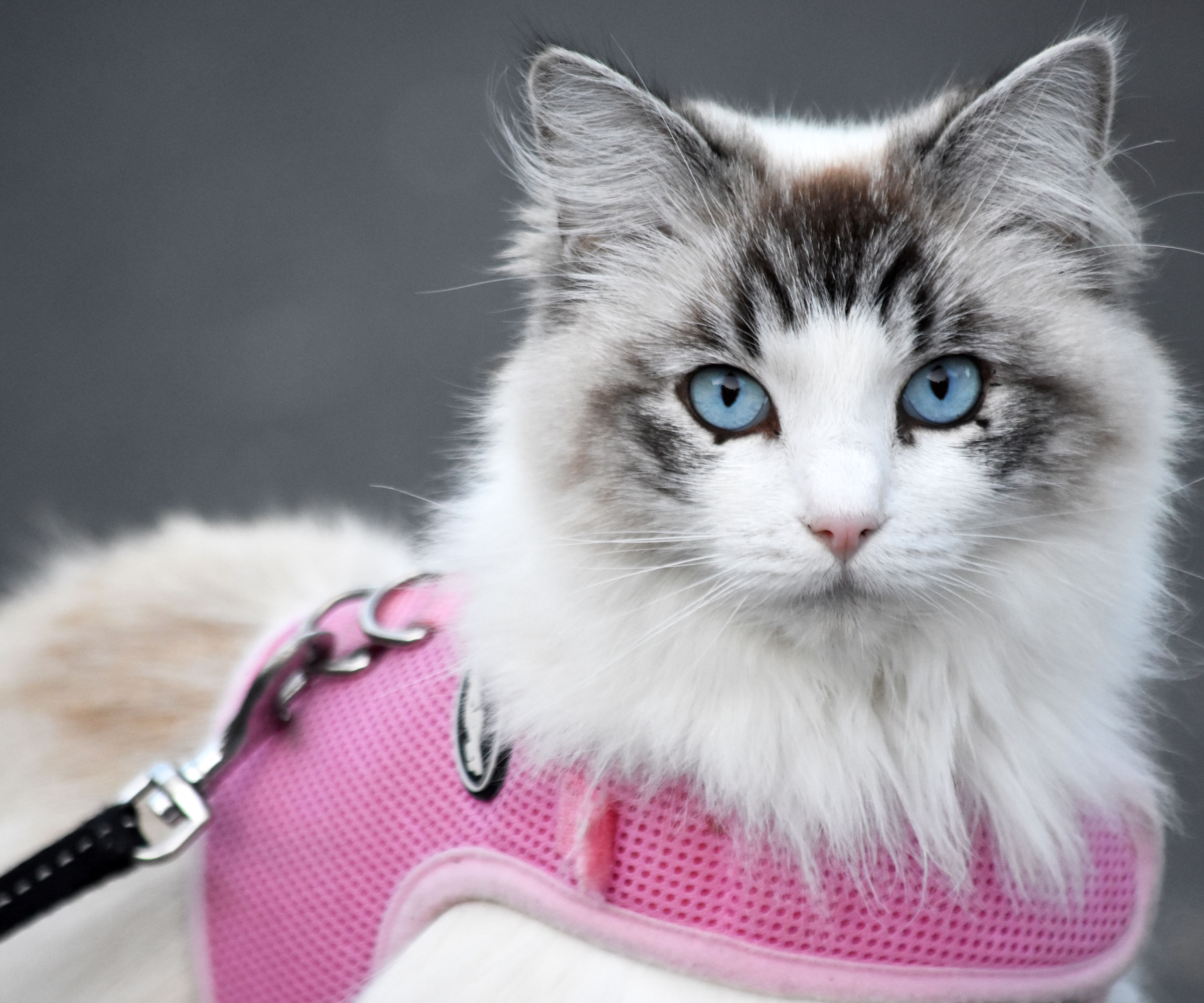
If you have a cat, the single best way to stop them attacking visiting birds is to keep them indoors. The American Bird Conservancy has a whole section on its website aimed at keeping cats inside, which it says benefits both cats and birds, and is a responsible pet ownership solution.
'Our Cats Indoors program educates the public about the many benefits to birds, cats, and people when cats are maintained indoors or under an owner's direct control,' it says.
Cats are simply following the natural instinct to hunt, so it’s up to us to prevent and solve the problem.
'As cats can be very disruptive to local fauna, it is not advised to let your cat roam unsupervised,' says Luqman Javed. 'Cats are also at risk of being harmed or injured when roaming. Instead they can be granted outdoor exposure by having them leash trained and taking them for a walk under your supervision.'
5. Use a 'catio'
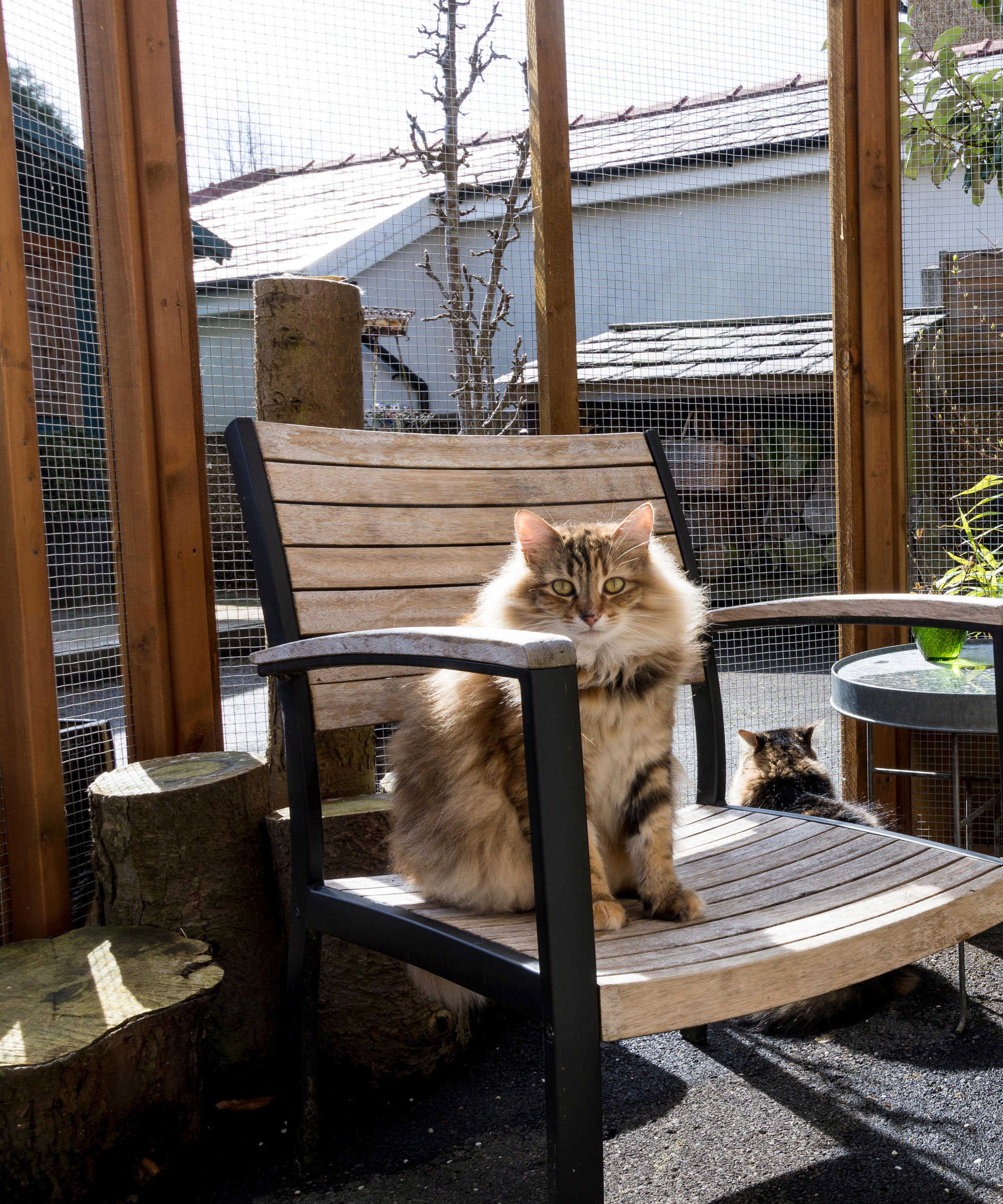
The outdoor enclosure known as a 'catio' offers your cat opportunities to explore outdoors, while at the same time protecting them from the dangers associated with roaming. They give cats the chance to move around freely outside within a sheltered and safe space, while letting birds go about their routine unharmed.
The good news is whether you have a big or small yard these enclosures will work as they can be modified to suit all situations, and can be either portable or permanent.
Catios represent the best of both worlds as ways to protect garden birds from cats. Your cat gets to hang out in the yard but in a safe space, while the birds can do their thing too without being hassled.
6. Be careful what you plant
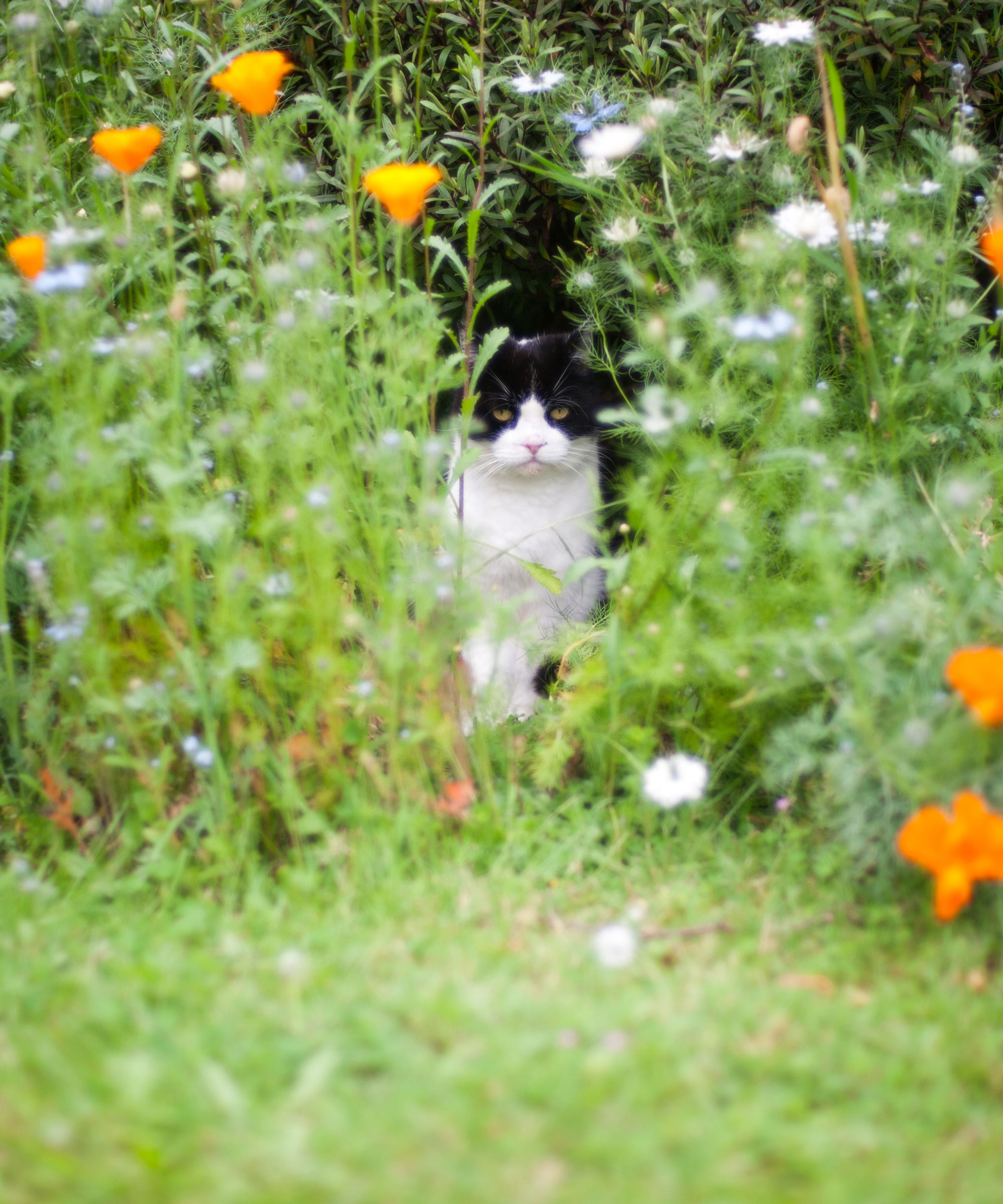
If birds are able to see the cats in your yard their chances of escape are greatly increased, so factor this into your landscaping ideas and ways to protect garden birds from cats.
'Try clearing any heavily planted hiding spots a cat could use to ambush birds,' says Luqman Javed. 'Obvious examples include tall grass and any overgrown planting.'
Catnip (Nepeta cataria) will attract cats to your garden and put birds at risk, so cross it off your planting list. Instead choose landscaping plants that repel cats, such as bushes with sharp thorns. Cats don’t like prickly shrubs such as gorse, hawthorn or blackthorn so you can plant these as a deterrent around feeders or in places where cats might want to hide.
FAQs
Do mothballs work as a cat deterrent?
Traditionally mothballs have been used as a cat deterrent to keep cats away from areas in your yard where you don't want them to go. Moth balls can help to keep cats away, but it's not a good idea to use them.
'Mothballs are often recommended as a deterrent to keep cats out of your yard,' according to the National Wildlife Federation. 'Not only is this not an effective long-term solution to keep cats away, but mothballs are made of toxic chemicals that should absolutely not be broadcast out in your yard.'
You can find out more about plants for birds to attract and feed our feathered friends, and what to do when it comes to feeding birds in winter and bird bath winter care, so that their wellbeing is foremost during the cold season.







